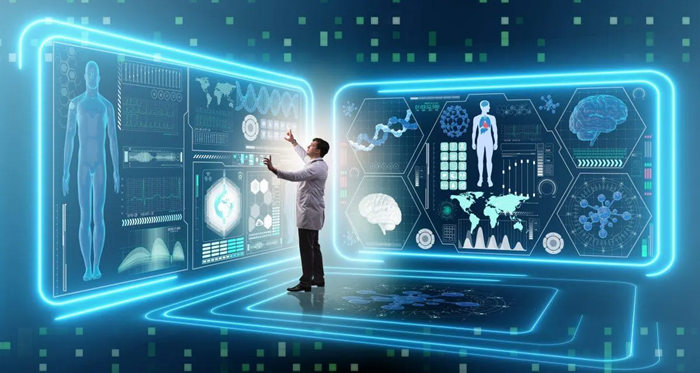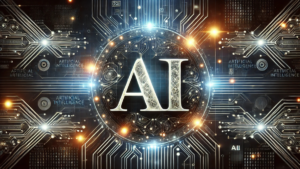
Introduction
In the digital era, audio transcription is transforming the way we capture and utilize spoken words. This process, which converts speech into text, plays a pivotal role across diverse sectors such as journalism, healthcare, law, and podcasting. This guide will take you through the intricacies of audio transcription, its significance, and the latest trends shaping its future.
Understanding Audio Transcription
At its core, audio transcription involves transcribing voice recordings into written text. It’s not just a simple conversion but an art that demands precision and sometimes, a deep understanding of specific domains. There are various types of transcription – verbatim, which includes every utterance; edited, which cleans up unnecessary parts; and intelligent, focusing on the core message. The choice depends on the required detail level and context.
The Transcription Journey
The process starts with careful listening to the audio, followed by either manual typing or using software for a draft transcript. This is then edited for accuracy, clarity, and format, and reviewed thoroughly to ensure quality. With the advent of AI-driven transcription tools, this process has become more efficient, though human expertise is still vital for complex tasks.
Accuracy: The Heart of Transcription
In transcription, accuracy is paramount. A transcript full of errors can lead to serious misunderstandings, especially in fields like law and medicine. Challenges include varying accents, background noise, and industry-specific terminology. To enhance accuracy, high-quality recording equipment, skilled transcribers, and a combination of AI and human editing are essential.
Transcription’s Broad Spectrum
Transcription’s utility spans numerous fields. In media, it’s used for transcribing interviews. Healthcare professionals rely on it for accurate patient records. Legal proceedings and educational materials also benefit from transcription. Each application demands a unique approach, considering the specific terminologies and needs involved.
Emerging Trends and Future Outlook
The future of audio transcription is closely linked with advancements in AI and machine learning. Real-time transcription is a promising development, potentially changing our interaction with technology and making voice-to-text more seamless in our daily lives.
Selecting the Right Transcription Service
When choosing a transcription service, consider accuracy, turnaround time, cost, and security. These factors will guide you to a service that aligns with your specific
Understanding Audio Transcription
Audio transcription involves transcribing voice recordings into written text, an art that demands precision. Types of transcription include verbatim, edited, and intelligent, each serving different purposes based on the level of detail required. requirements.
Conclusion
Audio transcription is more than converting speech to text; it’s a vital, evolving field integral to information dissemination and record-keeping across industries. It adapts and innovates, ensuring no voice goes unheard and empowering the written word through the spoken one. In this digital age, transcription stands as a testament to the power of voice and its enduring impact in the realm of documentation.







